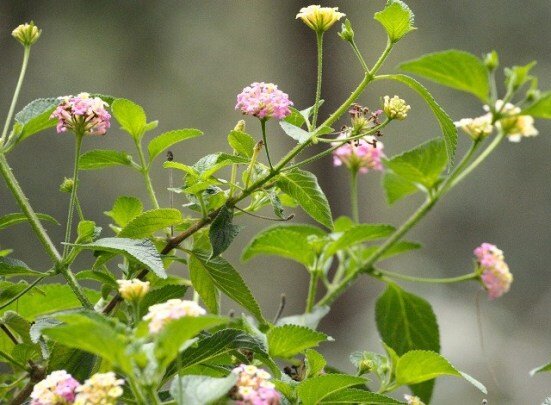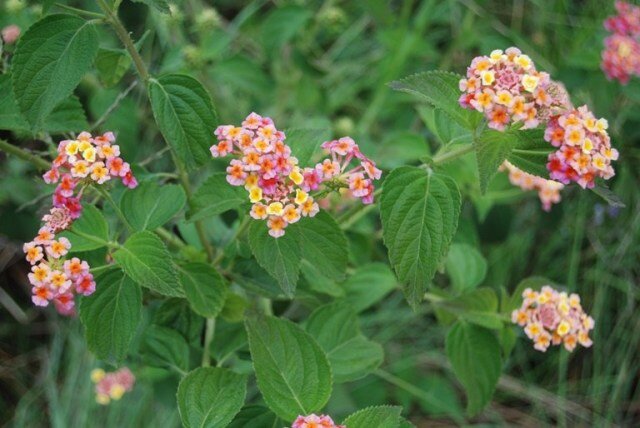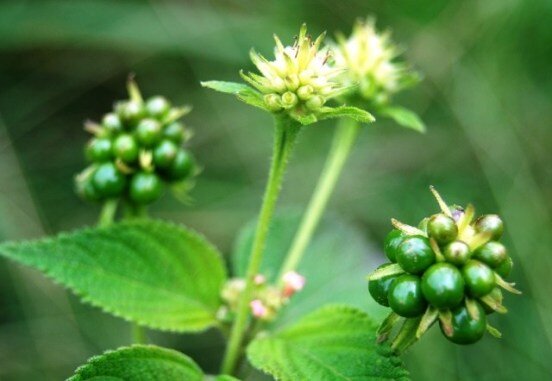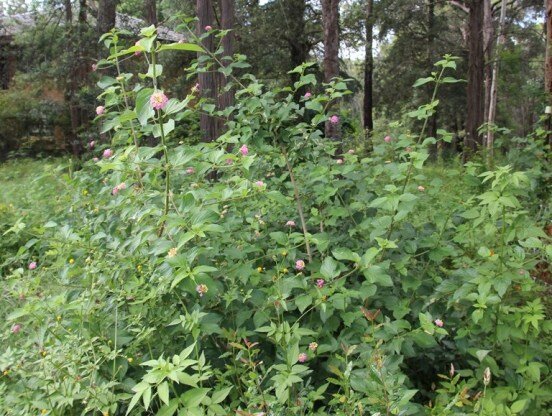POTENTIAL LANTANA INVASION OF GBMWHA UNDER CLIMATE CHANGE
a Masters by Research project conducted via UNSW Sydney
PROJECT DETAILS
Masters student: Alexander Gold
Supervisors: Dr Daniel Ramp, Dr Shawn Laffan
PROJECT OVERVIEW
Invasive weeds represent one of the greatest threats to ecosystem integrity worldwide, with climate change predicted to allow expansion of weed ranges in coming decades. One of Australia’s worst weeds is lantana (Lantana camara) which, given the potential for climatic change, is of increasing concern to those managing the mountainous regions in the country’s southeast.
In order to identify potential additional threats lantana may pose for Australia’s valued biodiversity, this research project developed a habitat suitability model for lantana in a portion of the Greater Blue Mountains World Heritage Area under current and simulated warmer conditions.
Minimum temperature was found to be the most important predictor correlated with potential lantana establishment, explaining over 88% of the variation in lantana presence predicted by the model. Currently, 8% of the study area was found to be suitable for lantana, with this figure reaching 94% after a simulated 2°C rise in temperature anticipated by 2050. The sharp increase in suitable habitat highlights the importance of keeping the weed’s range restricted in the study area.
The strong link between temperature and predicted lantana establishment confirms prior research and further stresses the threat this weed poses to the area’s biodiversity values as the climate warms. In addition, the model identified low-lying riparian areas as potential incursion pathways for the weed to travel further inland. Given the weed’s invasiveness, potential for adverse impacts, and high capacity for dispersal, these pathways should not be overlooked when monitoring potential invasion of mountainous regions by lantana and other tropical weeds.
publications
2011. Potential lantana invasion of the Greater Blue Mountains World Heritage Area under climate change. Reference: Gold, A., Ramp, D., Laffan, S.W., 2011. ‘Potential lantana invasion of the Greater Blue Mountains World Heritage Area under climate change’. Pacific Conserv. Biol. 17, 54–67.
Image credit: Weeds of the Blue Mountains: Lantana



